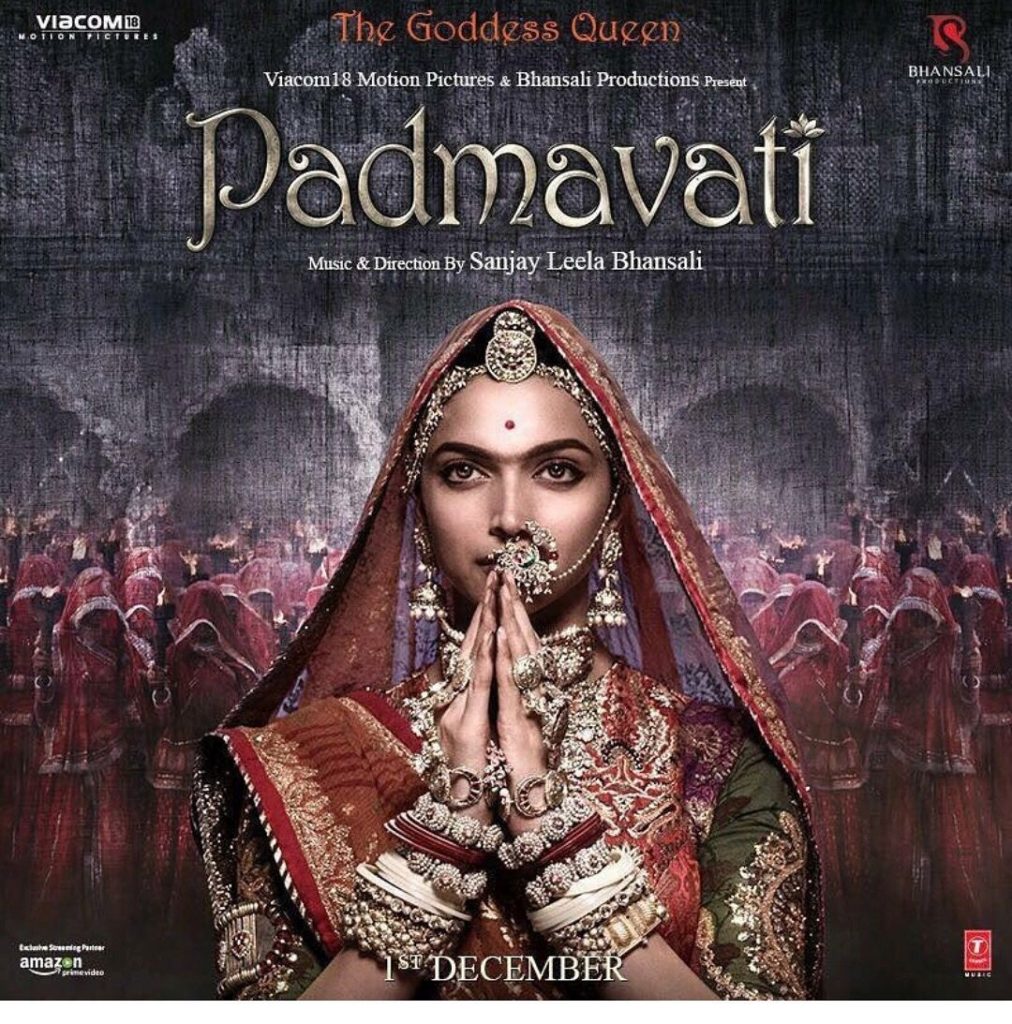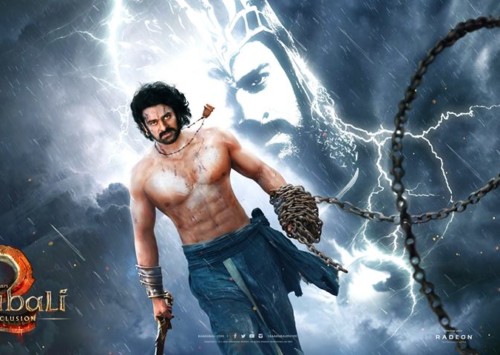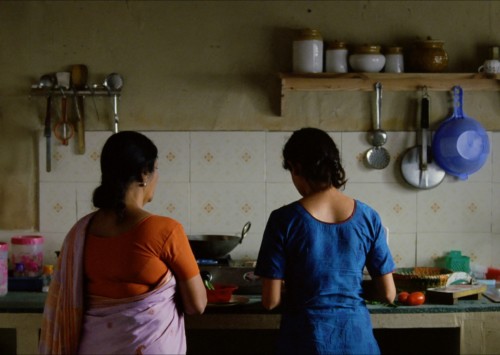Padmavati’s historical allegiance

Padmavati releasing this December is said to be based on a 14th century poem which has no historical basis
Is the most awaited film of the year releasing this December a piece of fiction?
As the tale goes around, Chittorgarh saw it first Jauhar, a Hindu custom of mass self-immolation by women to avoid capture after a defeat in the war, when the ruler of Mewar was invaded in the year 1303 by the Alauddin Khalji, one of the powerful rulers of the Khalji Dynasty.
The earliest mention of this practice has been found in the famous Awadhi poem Padmavat, written by the 16th century Sufi poet Malik Muhammad Jayasi. This centuries-old poem recently gained limelight when Indian filmmaker Sanjay Leela Bhansali started shooting his upcoming film, Padmavati based on it.
The film, quintessentially a periodic drama revolving around the lives of Chittorgarh Queen Padmini played by Deepika Padukone, the King played by Shahid Kapoor, whose original name according to the Mewar history was Rawal Ratan Singh, and Alauddin Khalji played by Ranveer Singh.
The possible existence of the reality portrayed in the poem by Jayasi has been widely debated among many historians and is still being debated.
Historian Irfan Habib took to the twitter and said that no evidence of the existence of queen Padmavati has been found in the history before 1540.
Rani Padmini is a character created by Malik Mohd Jayasi in his Padmawat written in 1540. No mention in any historical record before this.
— S lrfan Habib (@irfhabib) January 27, 2017
Saptaswa Basu, a filmmaker based in Kolkata, said, “A historical film needs preparation and a lot of budget goes into art direction and matte painting to recreate the world from the past. A good amount of research and development is needed to be done to avoid debatable facts on screen. It is fairly hard to recreate events from the past as different masses of social groups has different interpretations of the events. However, we have to remember that ultimately there is a term called ‘cinematic liberty’ that a filmmaker can rely on to fill some voids in the information with educated guess/ imagination and produce a work of sensible Art, thus not hurting anyone’s political or religious sentiment.”
He added that a maker of the film must be crystal clear as to what he is making and advertising. A director based on his concept-line must either work towards a full research backed script or conjure up a different chain of historical incidents and advertise accordingly.
Basu further cited several examples where fictionalized version of history has been presented to the audience. For example, the film ‘Tarantino’s Inglorious Basterds’ deals with a completely alternate history about the Nazi regime. The latest example he cited was Lee Daniels’ ‘The Butler’, inspired by the real life of Eugene Allen, which is also a merger of history and imagination.
Is the film factually correct?
Before the release, the film has seen a rough beginning. The sets of the film were attacked twice by miscreants. They claimed that the director is showcasing wrong factual details of the Rajput Queen and they didn’t want any misrepresentation of their ancestral lineage.
The group claimed that the filmmaker was insulting them by showing a romantic sequence between Emperor Alauddin Khalji and Rani Padmini, which never happened in history. This was later clarified with a tweet from the team of Padmavati.
Vijayant Singh, a professor of Medieval, Early Modern Environmental Histories and Maritime narratives of South Asia, at Delhi University reacted to the new trailer released for the film, he believes that Alauddin Khalji’s portrayal is not appropriate.
“The powerful ruler dressed in leather and fur, and eating like uncivilised barbarian makes the character looks completely out of place. Khalji had spent his entire life in India between Allahabad and Delhi and fighting Rajputs and Mongols. I don’t think that anyone could survive the heat of Delhi and Rajasthan in that dress.”
Also, Delhi was no cultural wasteland; Alauddin’s Delhi was a cultural metropolis of Islamic East in early 14th century, with Nizamuddin Auliya, Amir Khusaru as contemporaries.”
Saptaswa also said, ” I think if one is depicting an event or an era from the past and advertising it as based on true events, then the research must be thorough. You need to stick to the real story at that instance.”












